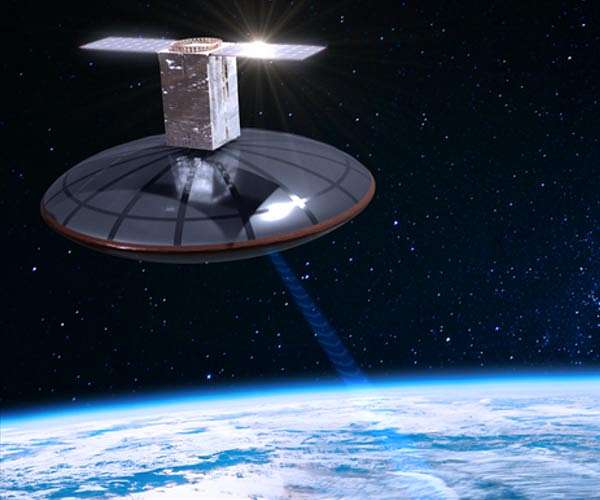Randy Jennings
Supporter
- Joined
- May 18, 2013
- Messages
- 857
The National Weather Service (NWS) is soliciting comments through September 17, 2023 on major changes to its hazard messaging headlines coming no earlier than calendar year 2025. A Service Change Notice (SCN) will be sent to specify the exact date for this change. This decision is based on results of extensive social science research with partners and the public, which documented significant confusion with the “Advisory” headline term. The major changes are as follows:
- All “Advisory” products within what is currently the NWS Watch, Warning and Advisory system will be replaced with plain language headlines that clearly articulate the nature of the hazard. These messages will continue to be equipped with computer-readable Valid Time Event Code (VTEC).
- Exceptions to the transition to plain language will apply to Tsunami and Small Craft Advisories. The Small Craft Advisory will be transitioned to a Small Craft Warning. The Tsunami Advisory will remain unchanged while further research is underway.
- All “Special Weather Statements” (SPS’) will be discontinued, also in favor of plain language headlines. In addition, these messages will be in bulleted “What, Where, When, Impacts” format and equipped with VTEC.
The NWS is now seeking public comment on the format and display of the plain language headlines. The following Product Description Document (PDD) provides a description of the technical and display details associated with this change. https://www.weather.gov/media/notification/PDDs/PDD_Haz_Simp.pdf
For more info and how to submit comments: pns23-49_nws_alerting_system_plain_language.pdf (weather.gov)
- All “Advisory” products within what is currently the NWS Watch, Warning and Advisory system will be replaced with plain language headlines that clearly articulate the nature of the hazard. These messages will continue to be equipped with computer-readable Valid Time Event Code (VTEC).
- Exceptions to the transition to plain language will apply to Tsunami and Small Craft Advisories. The Small Craft Advisory will be transitioned to a Small Craft Warning. The Tsunami Advisory will remain unchanged while further research is underway.
- All “Special Weather Statements” (SPS’) will be discontinued, also in favor of plain language headlines. In addition, these messages will be in bulleted “What, Where, When, Impacts” format and equipped with VTEC.
The NWS is now seeking public comment on the format and display of the plain language headlines. The following Product Description Document (PDD) provides a description of the technical and display details associated with this change. https://www.weather.gov/media/notification/PDDs/PDD_Haz_Simp.pdf
For more info and how to submit comments: pns23-49_nws_alerting_system_plain_language.pdf (weather.gov)

